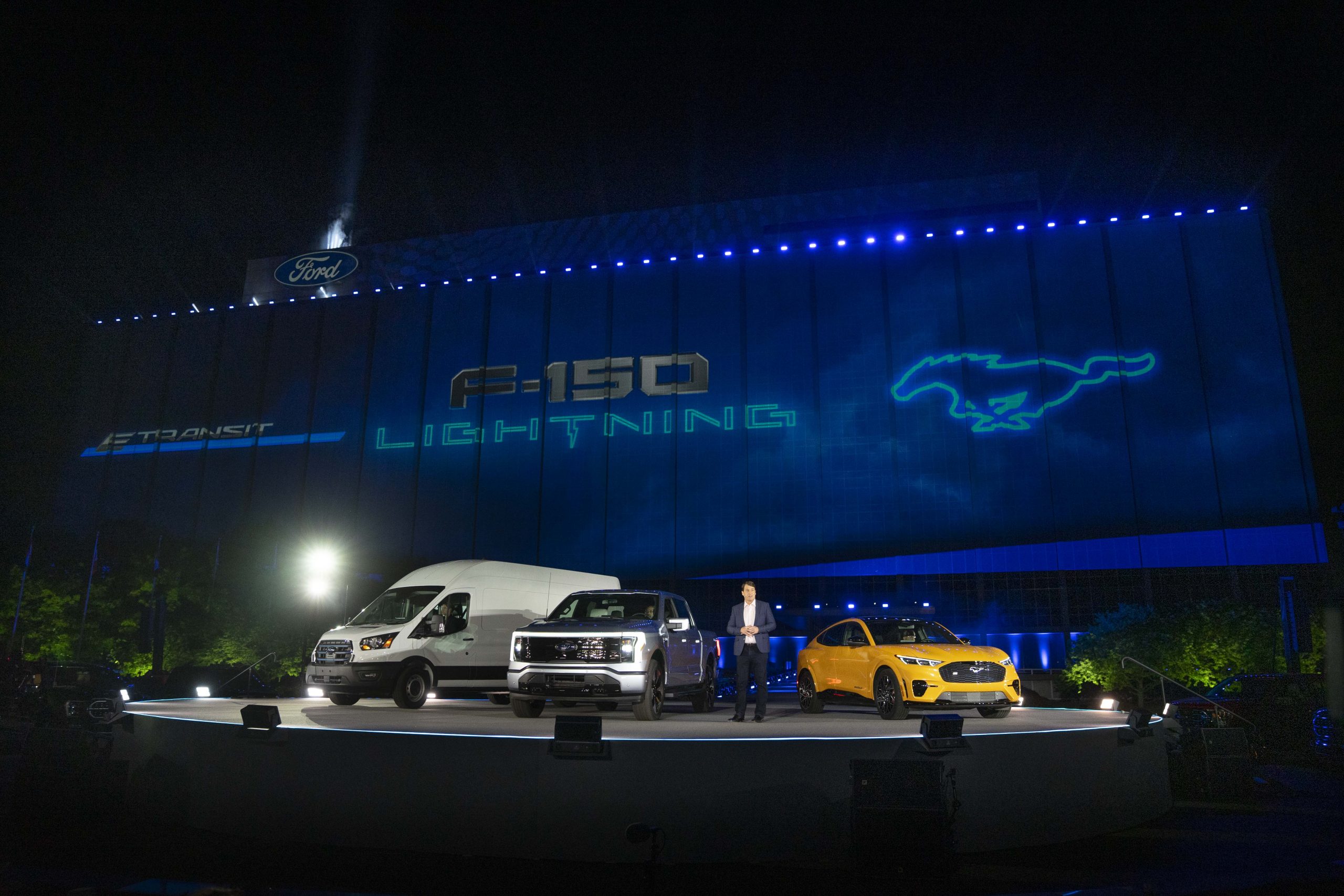
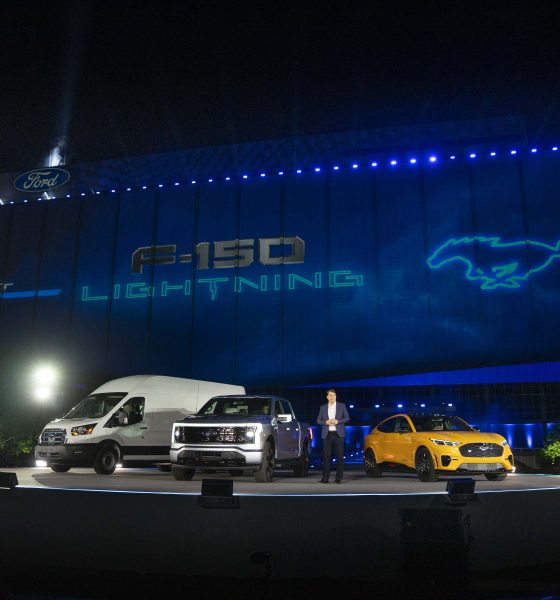
News
Ford formally launches “Model e” division for all-electric vehicles like the Mach-E
It appears that Ford was really saving its “Model e” trademark for good reason. In a recent announcement, Ford revealed that it would be reorganizing its operations to separate its electric and internal combustion engine businesses. The two divisions will be called “Ford Model e” and “Ford Blue,” respectively.
In a press release, Ford Executive Chair Bill Ford stated that the separation of the company’s electric and internal combustion business, together with the launch of a “Ford Pro” unit, is not the first time that the veteran automaker reimagined its future.
“This isn’t the first time Ford has reimagined the future and taken our own path. We have an extraordinary opportunity to lead this thrilling new era of connected and electric vehicles, give our customers the very best of Ford, and help make a real difference for the health of the planet,” Ford said.
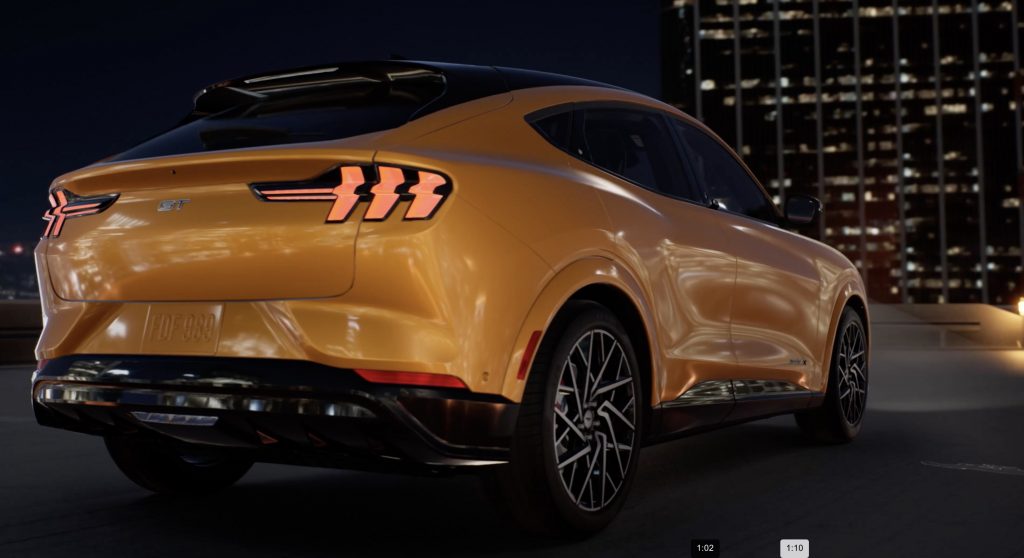
The creation of “Ford Model e,” “Ford Blue,” and “Ford Pro” was introduced last May, when Ford CEO Jim Farley introduced the Ford+ plan. Farley noted that the initiative is the company’s biggest opportunity for growth and value creation since Henry Ford figured out how to scale the production of the Model T.
“We have made tremendous progress in a short period of time. We have launched a series of hit products globally and demand for our new EVs like F-150 Lightning and Mustang Mach-E is off the charts. But our ambition with Ford+ is to become a truly great, world-changing company again, and that requires focus.
“We are going all in, creating separate but complementary businesses that give us start-up speed and unbridled innovation in Ford Model e together with Ford Blue’s industrial know-how, volume and iconic brands like Bronco, that start-ups can only dream about,” Farley said.
Interestingly enough, the creation of the “Model e” division came following the success of small, mission-driven Ford teams that created vehicles like the Ford GT, Mustang Mach-E, and the F-150 Lightning. “Ford Model e will be Ford’s center of innovation and growth, a team of the world’s best software, electrical and automotive talent turned loose to create truly incredible electric vehicles and digital experiences for new generations of Ford customers,” Farley added.
Apart from developing the company’s electric vehicle business, the “Model e” division will also be tasked to lead the creation of “new shopping, buying and ownership experience” for future customers using simple, intuitive e-commerce platforms. Ford also made it a point to highlight that the “Model e” unit will feature vehicles with transparent pricing and personalized customer support. This should allow Ford to approach electric vehicles in a similar way as some of the electric car industry’s biggest players, such as Tesla.
Doug Field, who previously worked as Senior Vice President of Engineering for Tesla, will be leading the Ford “Model e” unit’s product creation program as Chief EV and Digital Systems Officer. He will also lead the development of software and embedded systems for all of Ford’s vehicles. Field expressed his excitement for the “Model e” division’s future in the following statement.
“Designing truly incredible electric and software-driven vehicles – with experiences customers can’t even imagine yet – requires a clean-sheet approach. We are creating an organization that benefits from all of Ford’s know-how and capabilities, but that can move with speed and unconstrained ambition to create revolutionary new products,” Field said.
Don’t hesitate to contact us with news tips. Just send a message to simon@teslarati.com to give us a heads up.

News
Tesla scores major hire as Apple scientist moves to Optimus team
Chen, who advanced from individual contributor to technical lead during his time at Apple, noted that he was blown away by Tesla’s efforts and synergy.
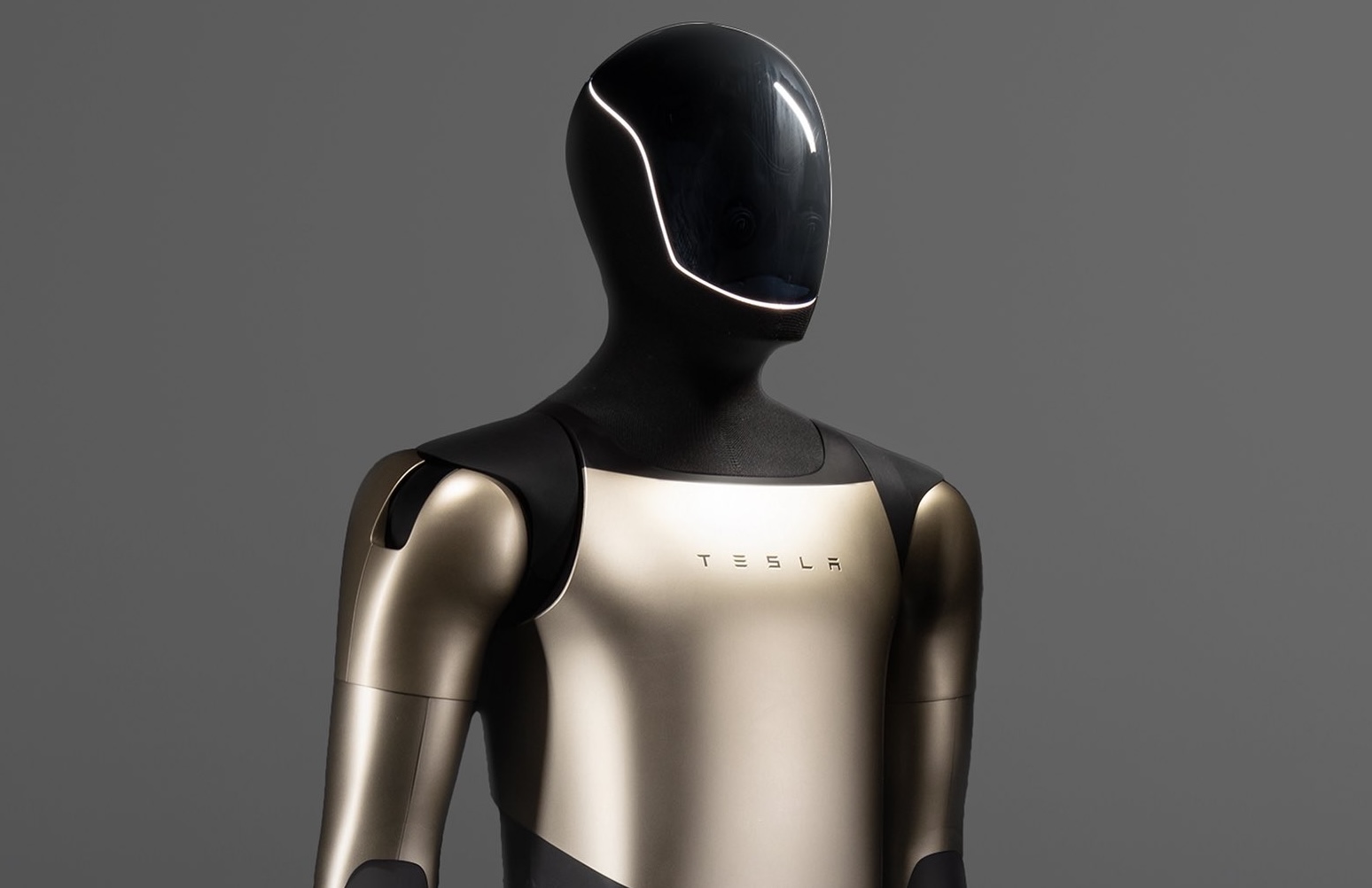
Former Apple research scientist Yilun Chen has left the tech giant to join Tesla’s Optimus AI team. Chen, who advanced from individual contributor to technical lead during his time at Apple, noted that he was blown away by Tesla’s efforts and synergy.
Apple veteran closes a major chapter
In a farewell note, Yilun Chen reflected on his tenure at Apple as a period defined by rapid growth and exposure to notable internal projects, some of which remain unreleased. His roles spanned engineering, research, early product incubation, and hands-on prototyping, allowing him to build expertise across both mature and emerging teams.
Chen credited mentors, colleagues, and cross-functional collaborators for shaping his trajectory, calling the experience unforgettable and emphasizing how each team taught him different lessons about scaling technology, guiding product vision, and navigating fast-moving research environments. “Each role has offered me invaluable unique lessons… My deepest gratitude goes to my colleagues, mentors and friends,” he wrote.
Tesla’s Optimus lab secured the hire
Chen said the move to Tesla was driven by the momentum surrounding Optimus, a humanoid robot powered by LLM-driven reasoning and Physical AI. After visiting Tesla’s Optimus lab, he admitted that he was “totally blown away by the scale and sophistication of the Optimus lab and deep dedication of people when I got to visit the office.”
His first week at Tesla, he noted, involved spontaneous deep-tech discussions, a flat team structure, rapid prototyping cycles, and what he called a “crazy ideas with super-fast iterations” culture. Chen emphasized that the team’s ambition, as well as its belief that humanoid robots are now within reach, creates an energy level that feels aimed at changing the world.
“You can feel the energy to change the world here,” he wrote in a post on social media.
Elon Musk
Elon Musk gives nod to SpaceX’s massive, previously impossible feat
It was the booster’s 30th flight, a scenario that seemed impossible before SpaceX became a dominant force in spaceflight.
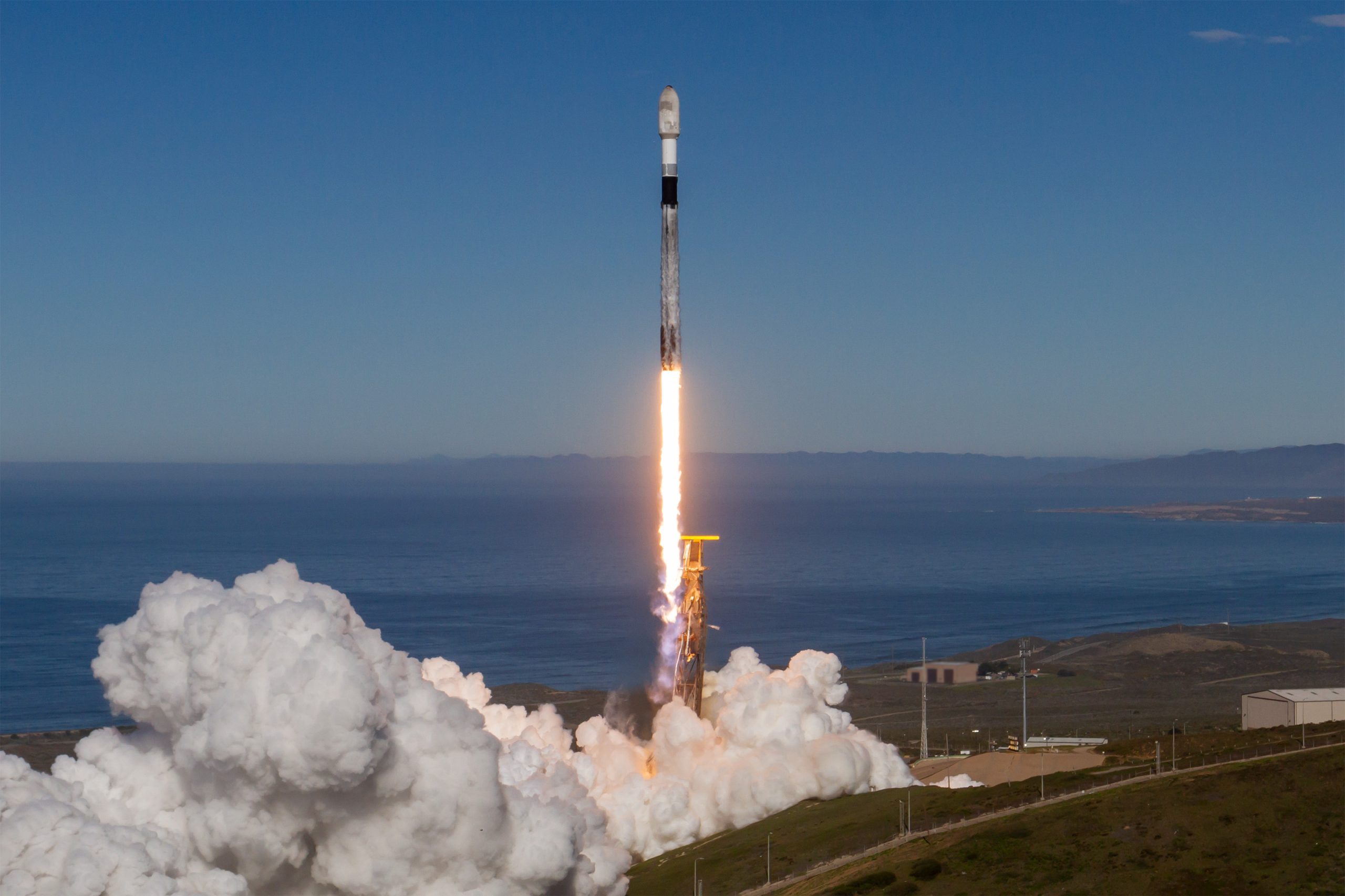
Elon Musk gave a nod to one of SpaceX’s most underrated feats today. Following the successful launch of the Transporter-15 mission, SpaceX seamlessly landed another Falcon 9 booster on a droneship in the middle of the ocean.
It was the booster’s 30th flight, a scenario that seemed impossible before SpaceX became a dominant force in spaceflight.
Elon Musk celebrates a veteran Falcon 9 booster’s feat
SpaceX completed another major milestone for its Smallsat Rideshare program on Friday, successfully launching and deploying 140 spacecraft aboard a Falcon 9 from Vandenberg Space Force Base. The mission, known as Transporter-15, lifted off two days later than planned after a scrub attributed to a ground systems issue, according to SpaceFlight Now. SpaceX confirmed that all payloads designed to separate from the rocket were deployed as planned.
The Falcon 9 used for this flight was booster B1071, one of SpaceX’s most heavily flown rockets. With its 30th mission completed, it becomes the second booster in SpaceX’s fleet to reach that milestone. B1071’s manifest includes five National Reconnaissance Office missions, NASA’s SWOT satellite, and several previous rideshare deployments, among others. Elon Musk celebrated the milestone on X, writing “30 flights of the same rocket!” in his post.
Skeptics once dismissed reusability as unfeasible
While rocket landings are routine for SpaceX today, that was not always the case. Industry veterans previously questioned whether reusable rockets could ever achieve meaningful cost savings or operational reliability, often citing the Space Shuttle’s partial reusability as evidence of failure.
In 2016, Orbital ATK’s Ben Goldberg argued during a panel that even if rockets could be reusable, they do not make a lot of sense. He took issue with Elon Musk’s claims at the time, Ars Technica reported, particularly when the SpaceX founder stated that fuel costs account for just a fraction of launch costs.
Goldberg noted that at most, studies showed only a 30% cost reduction for low-Earth orbit missions by using a reusable rocket. “You’re not going to get 100-fold. These numbers aren’t going to change by an order of magnitude. They’re just not. That’s the state of where we are today,” he said.
Former NASA official Dan Dumbacher, who oversaw the Space Launch System, expressed similar doubts in 2014, implying that if NASA couldn’t make full reusability viable, private firms like SpaceX faced steep odds.
News
Tesla AI and Autopilot VP hints that Robovan will have RV conversions
Tesla’s vice president of AI and Autopilot software, Ashok Elluswamy, hinted at the linitiative in a reply to Y Combinator CEO Garry Tan.
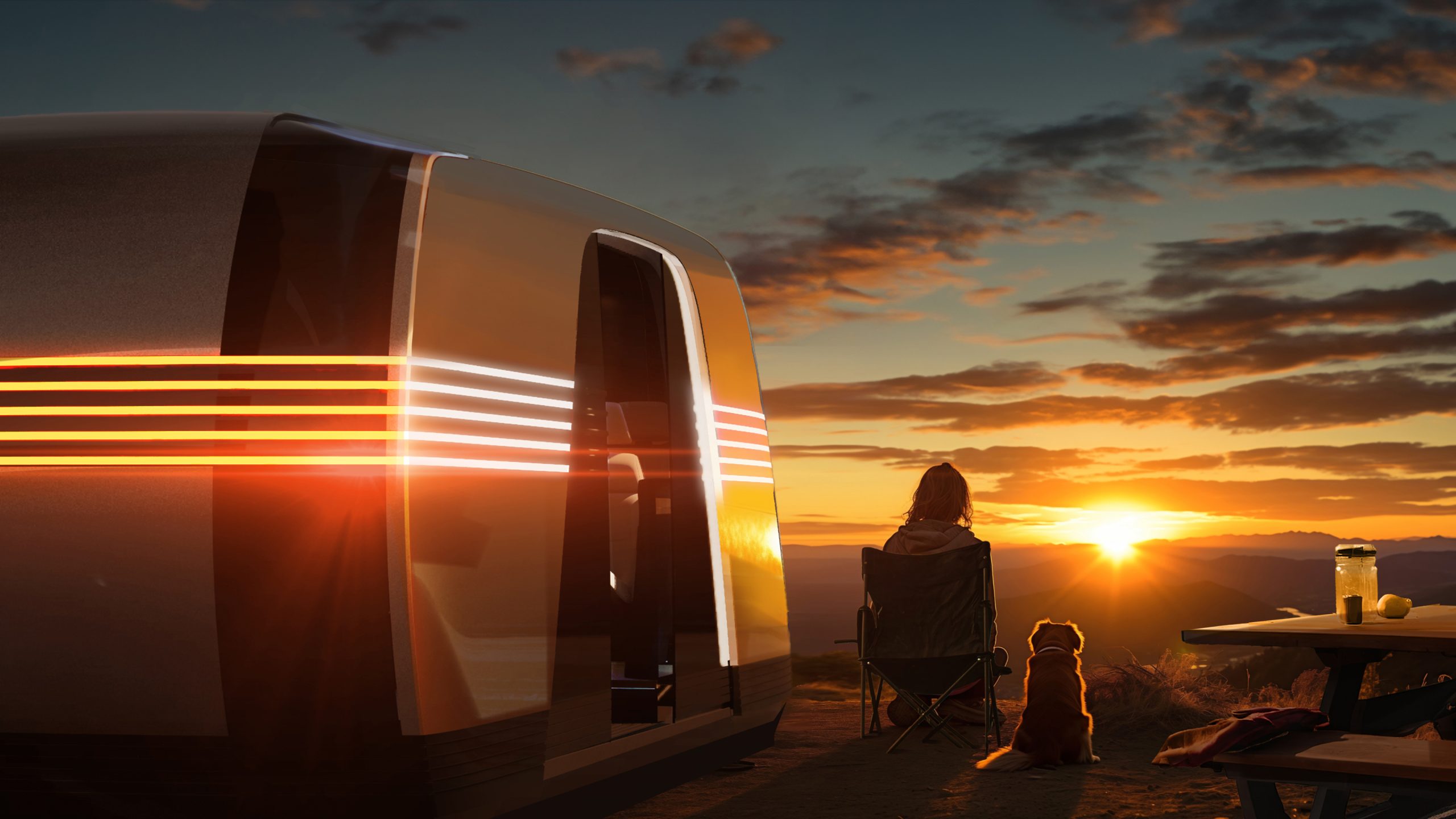
It appears that Tesla is indeed considering an RV in its future pipeline, though the vehicle that would be converted for the purpose would be quite interesting. This is, at least, as per recent comments by a Tesla executive on social media platform X.
Robovan as an RV
Tesla’s vice president of AI and Autopilot software, Ashok Elluswamy, hinted at the linitiative in a reply to Y Combinator CEO Garry Tan, who called for a startup to build RVs with Full Self-Driving capabilities. In his reply, Elluswamy simply stated “On it,” while including a photo of Tesla’s autonomous 20-seat people mover.
Tesla unveiled the Robovan in October 2024 at the “We, Robot” event. The vehicle lacks a steering wheel and features a low floor for spacious interiors. The vehicle, while eclipsed by the Cybercab in news headlines, still captured the imagination of many, as hinted at by X users posting AI-generated images of Robovan RV conversions with beds, kitchens and panoramic windows on social media platforms. One such render by Tesla enthusiast Mark Anthony reached over 300,000 views on X.
Elon Musk on the Robovan
Elon Musk addressed the Robovan’s low profile in October 2024, stating the van uses automatic load-leveling suspension that raises or lowers based on road conditions. The system maintains the futuristic look while handling uneven pavement, Musk wrote on X. The CEO also stated that the Robovan is designed to be very airy inside, which would be great for an RV.
“The view from the inside is one of extreme openness, with visibility in all directions, although it may appear otherwise from the outside. The unusually low ground clearance is achieved by having an automatic load-leveling suspension that raises or lowers, based on smooth or bumpy road conditions,” Musk stated.
Elluswamy’s response on X suggests that Tesla is considering a Robovan RV conversion, though it would be interesting to see how the company will make the vehicle capable of reaching campsites. The Robovan has a very low ground clearance, after all, and campsites tend to be in unpaved areas.









